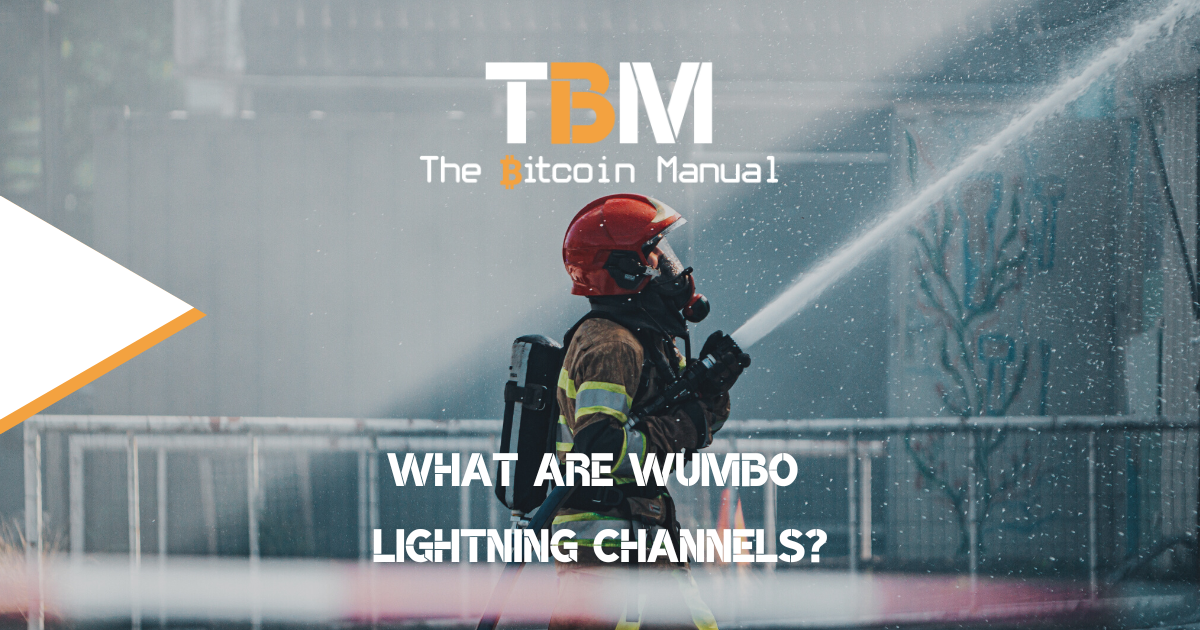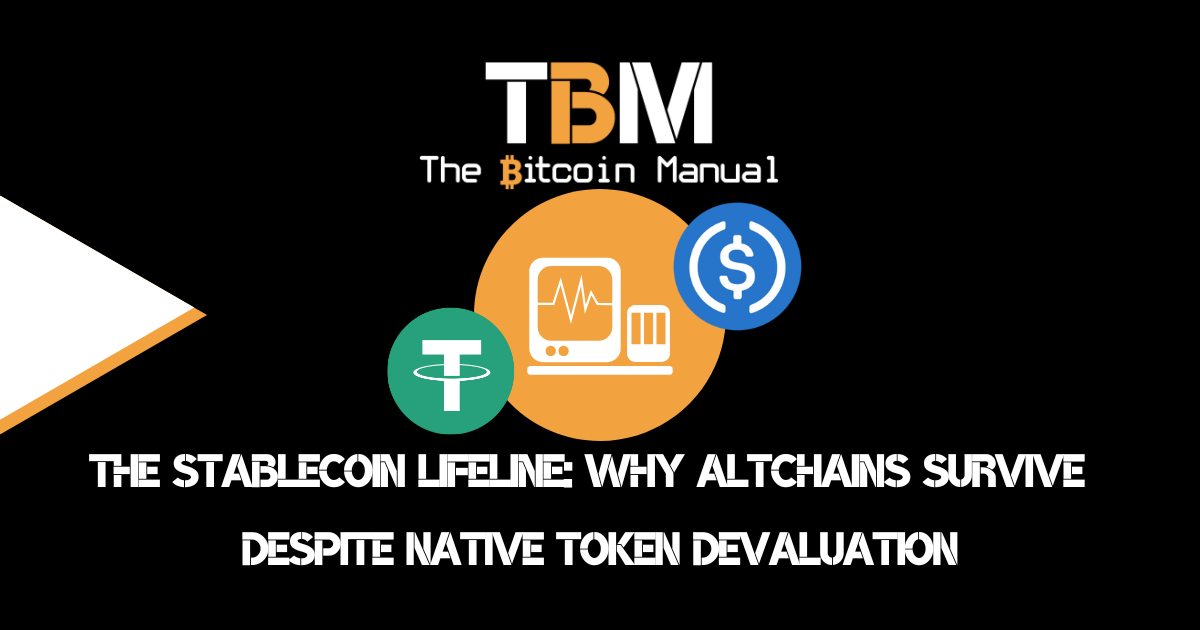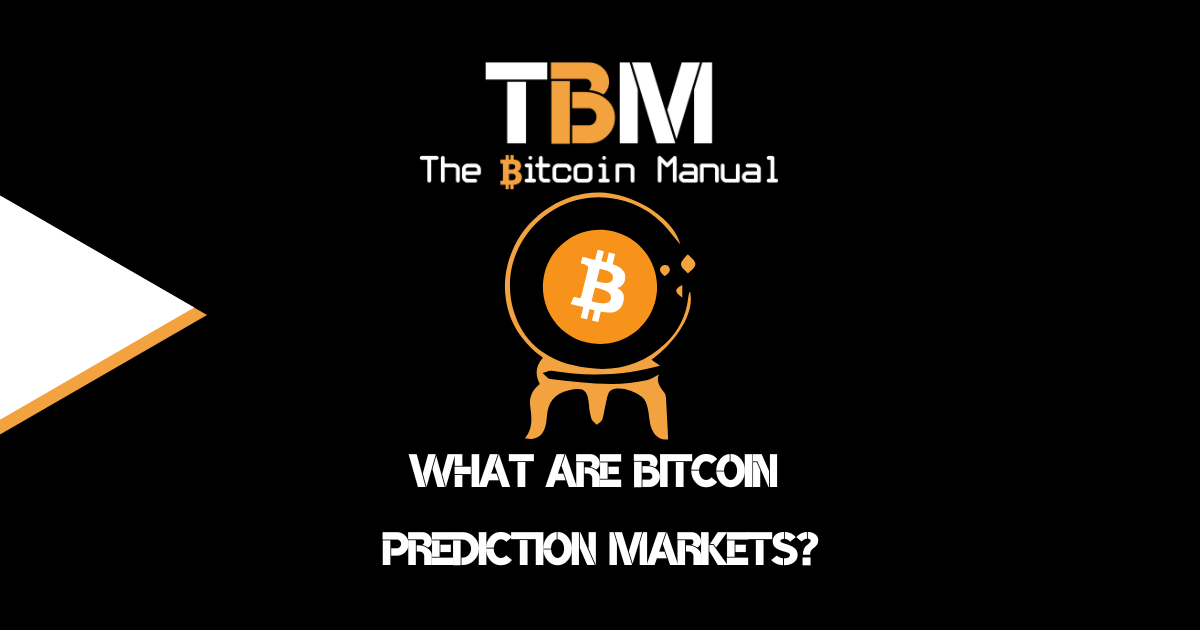Bitcoin’s Lightning Network has reached significant milestones as it continues to provide bitcoin users with a scaling method ideal for micropayments and programmable payments. The lifeblood of the Lightning network is the amount of channels and the size of channels, all working in unison to create a mesh network to settle payments instantly. As more people use the Lightning network, more bitcoin is locked up to facilitate transactions.
When the Lightning network began, an important capacity limit was added to protect users of the nascent protocol. That limitation was put in as a safety precaution restricting the size of Lightning channels to 0.1677 BTC.
Expanding channel sizes
After several years of LN development, the 2018 LN specification meeting decided to allow implementations to opt-in to wumbo (jumbo) channel sizes with no protocol-level amount limit, although implementations and users can still refuse to accept channels over a customisable size.
Support for this new feature later named option_support_large_channel saw widespread implementation among LN software in 2020.
LND, a leading Lightning Network implementation from startup Lightning Labs, announced it had adopted support for wumbo channels. While LND were the first to roll out Wumbo channels, ACINQ’s eclair and Blockstream’s c-lightning both adopted a form of wumbo later in 2020. According to LND’s fresh release notes, the node software now allows users to opt into “accepting” and “creating” wumbo channels.
“With larger channels, node operators and companies deploy more capital per channel, which reduces the need to open additional channels or cycle through channels as quickly,”
Lightning Labs CEO Elizabeth Stark
What are wumbo channels?
Users can enable these customised channels with the opt-in wumbo feature and, once active, can then deposit and send larger bitcoin transactions on any implementation of the Lightning Network.
Wumbo channels — which get their name from an episode of SpongeBob where Patrick Star invents another word for “big”. Wumo channels now allow for bigger transactions to provide liquidity and higher transaction volumes, thereby reducing on-chain fees that come with having to open and manage many small channels.
The limitations of lightning channels
When the Lightning Network was launched, the protocol developers put a hard cap on the maximum capacity of the Lightning Network payment channels. This hard cap is an arbitrarily low amount set at the protocol level to protect users from unforeseen bugs or errors that could occur as the network was still young. Its implementations were still in development as it matured and more users came on board; the hard cap became rather restrictive to certain Lightning nodes.
While users can still abide by these limitations and create smaller channels which are still practical for most users, others will be able to bypass that limitation thanks to wumbo channels.
Limitations remain for payments on Lightning
Despite the increase in the size of channels that can be established with the Lightning network, the limit for single payments remains in play. An upper limit of approximately 0.04 BTC is the hard cap in the LN protocol specification, but multi-path payments allow for the splitting of larger payments.
These payments are divided into several smaller parts that are each below the limit, making it possible for any compatible software or service provider using Lightning to optionally send or receive payments above the limit as long as they have inbound liquidity.
Who would use wumbo channels?
The wumbo channel will allow users to deposit and withdraw large amounts of bitcoin quickly and cheaply, thus allowing them to take advantage of trading opportunities.
Wumbo channels will also enable retailers and service providers to build new, innovative applications and sell high-value goods and services over the Lightning Network as they help to reduce the requirements to open and close multiple channels.
Finally, wumbo channels are also a future base for channel factories since you could establish large channels with an abundance that would allow for the rebalancing of smaller channels within the Lightning network without touching the base chain.
Issues with wumbo channels
While wumbo channels do bring additional utility to the Lightning network, they will also bring new security concerns that must be addressed, especially when larger values are actively managed with a hot set of keys with an always online node.
According to independent Bitcoin Lightning developer Joost Jager, wumbo channels house an exploit that could compromise channels with little effort and negligible cost.
Jager said the wumbo channels could be exploited because the channel cannot hold more than 483 hash and time-lock contracts (HTLCs) at any time, regardless of capacity. So a malicious actor sending 483 micro-payments to themselves and holding on to the HTLCs is enough to hinder a channel for up to two weeks.
The developer demonstrated that this could be achieved by using the maximum route length to add loops and more contracts to quickly reach that total for a small initial outlay, 5.8 million satoshis in this example.
He added that he’s hard at work on a possible solution with a new firewall for Lightning nodes through his project called Circuit Breaker.
1/ Lightning is great, but can't say it is battle-tested. If script kids would be interested, they could take down those shiny new 5 BTC #wumbo channels with negligible cost and no effort at all. pic.twitter.com/9PTkxfF042
— Joost Jager (@joostjgr) September 22, 2020
Adoption of wumbo lightning channels
Average Lightning users might not be impacted much by wumbo. If they’re using the Lightning Network to send small amounts, then this lift on capacity won’t make a difference to them. In addition, as the purchasing power of bitcoin increases moving, smaller nominal amounts of satoshis become more practical since they can settle larger transactions.
A 0.10 BTC channel might be a $300 pipe today route payments, but it could easily be routing $1000 worth of payments should bitcoin blow past its previous all-time high. This increase in purchasing power means smaller channels can become more productive, and the need for larger channels won’t be popular among retail peers.
The same cannot be said for larger entities such as businesses, wallets or exchanges; on the other hand, they might want to take advantage of a larger capacity not only to settle customers routing payments but to have inter-account settlements with different businesses.
Businesses that have publicly come out with support for wumbo channels include Bitfinex, Wallet of Satoshi, and NiceHash while several initial retailers and wallet providers, like Bitrefill, LnMarkets and Lightning Labs, have enabled the ability to open channels with up to 5 bitcoin capacity.
🐘 #Bitfinex brings the Wumbo channel support to its #LightningNodes, allowing you to deposit and withdraw large amounts of #Bitcoin quickly and cheaply⚡
— Bitfinex (@bitfinex) September 22, 2020
Find out all the possibilities that the Wumbo channels #LightningNetwork integration brings you⬇️https://t.co/NR47JZY0y7 pic.twitter.com/5lCXJeXtkB
WUMBO IS HERE!!!
— ⚡ Wallet of Satoshi (@walletofsatoshi) September 22, 2020
We've turned on Wumbo channels at @walletofsatoshi
Wumbo allows you to do big #Bitcoin payments over the #Lightning network – automatically!
Seriously, why are you doing anything on-chain anymore? pic.twitter.com/9AJ58HCBto
We are happy to announce the support for Wumbo channels in our #LightningNetwork node! The maximum channel capacity has been increased to 1 $BTC!
— NiceHash (@NiceHashMining) April 25, 2022
Connect to our node 👇https://t.co/7U2nipGEG4 pic.twitter.com/cNknSDAPTD
Are you a bitcoin and lightning fan?
Have you been using Lightning to make micro-payments? Stream sats or engage with apps? Which app is your favourite? Have you tried all the forms of Lightning payments? Which one do you prefer? Let us know in the comments down below.




